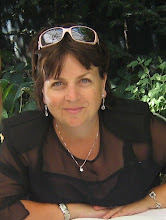
The so-called “Russian stove” , a masonry heater was one of the main features of the Russian home. Throughout many centuries Russian stoves were used both for cooking meals, baking bread and pies, drying grains, mushrooms, and roots and for heating and drying the house in winter and autumn. If the stove had no chimney, which was often the case, the smoke from the straw or manure that was burned as fuel would fill the interior of the room. Houses did exist with chimneys, the interiors of which were much cleaner and healthier for the inhabitants.The Russian stove often turned into a folk personage, which can be found, in particular, in folk tales. Many good guys of Russian wonder tales are fond of sitting or lying on the stove.


Many years later the Russian stove is still very popular and it is considered as the most efficient and environment-friendly wood burner. It can be made by stone, brick, stucco or tile-clad units and is designed to burn the wood quickly at temperatures up to 2000F.
Masonry heaters can burn from 15 lb. to 90 lb. of wood in an hour and a half, which could be all that's needed for a day's worth of heat. The heat from the fire works its way through a series of internal channels that help to transfer the heat to the masonry. The stove slowly generates heat into the living space over a long period of time - as long as 24 hours. During the coldest days of winter could require only two fires and typically burns at around 95% efficiency. With a masonry heater, you can expect to heat a well-designed 3000-sq-ft home with as little as five cords of wood for the entire heating season. Masonry heaters are focal point of the room and bring warmth and beauty during the long, cold days.
Source: Energy Smart Homes








